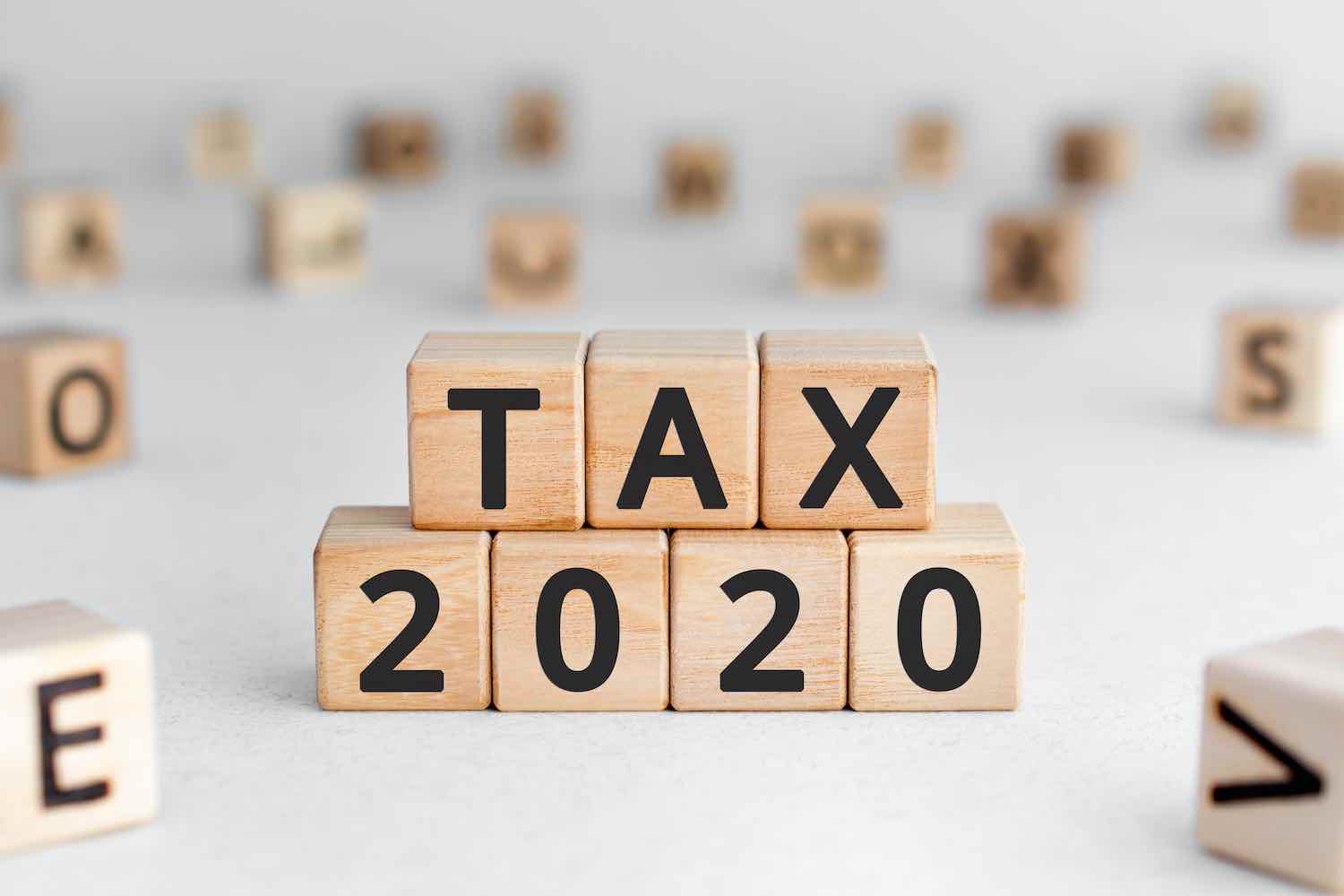2020 was a nightmarish year for many families. But thanks to recent legislation, you could see a silver lining in the form of major tax breaks when filing your income taxes this spring. First up, although it’s technically not a tax break, the IRS announced this week that the deadline for filing your 2020 federal income taxes has been pushed back from April 15 to May 17, 2021, which gives you an extra month to get your tax return handled.
The postponement applies to individual taxpayers, including those who pay self-employment taxes. But the extension does not apply to first-quarter 2021 estimated tax payments that many small business owners file. So if you file quarterly taxes, contact your tax advisor now if you haven’t already done so.
Additionally, the Coronavirus Aid, Relief, and Economic Security (CARES) Act passed in March 2020 provides individual taxpayers with several hefty tax-saving opportunities, many of which are only available this year. What’s more, President Biden’s new relief package, known as the American Rescue Plan (ARP), which went into effect in March 2021, not only offers additional stimulus payments to most Americans, but it also includes significant tax relief for those taxpayers who lost their job and had to rely on unemployment benefits in 2020.
While there are dozens of potential tax breaks available for 2020, here are 7 of the leading ways you can save big money on your 2020 tax return.
1. Stimulus Payments
As part of the CARES Act, millions of Americans received stimulus checks in 2020, and those payments were an advance refundable tax credit on your 2020 taxes. This means that no matter how much you owe (or get back) on your 2020 taxes, you get to keep all of the stimulus money and won’t have to pay any taxes on it.
Because the IRS didn’t have everyone’s 2020 tax returns when they issued the stimulus checks, they based the stimulus payments on your 2018 or 2019 returns, whichever one you had most recently filed. Using data from those years, the stimulus payments from 2020 phased out at an adjusted gross income (AGI) of $75,000 to $99,000 for singles and at $150,000 to $198,000 for married couples filing jointly.
Given that the stimulus payments were based on your AGI for 2018 or 2019 but technically apply to your 2020 AGI, you may find that your payment was either too much or too little. But there’s good news—even if your financial situation has improved since 2018 or 2019 and you received too much stimulus money based on your 2020 income, you get to keep the overage.
By the same token, if you received too little or only partial payment on your 2020 stimulus, you can claim what you missed in the form of a recovery rebate credit when you file your 2020 taxes. Not sure how this would work? Here are three scenarios where you may be entitled to additional stimulus money.
- If your AGI for 2018/19 is higher than your AGI in 2020, you can claim the additional amount owed when you file your 2020 taxes this April.
- If you had a child in 2020, but didn’t get the $500 credit for dependent children in your stimulus payment, you can claim the child when you file in 2021.
- If someone else claimed the child based on 2018/19 returns, but you can legitimately claim that child on your 2020 return, you can get the $500 tax credit when you file in 2021, and the person who got it based on 2018/19 returns will not have to pay it back.
2. Unemployment Benefits
When the pandemic stalled out the economy, many Americans lost their jobs and were forced to rely on unemployment insurance to pay the bills. That said, unemployment benefits are generally taxable, so if you took them, without having taxes automatically deducted, you were looking at having to pay income taxes on that money when you file your 2020 return.
However, taxpayers who received unemployment benefits in 2020 were provided with significant relief with the passage of President Biden’s American Rescue Plan (ARP). Under the ARP, the first $10,200 of your 2020 unemployment benefits are tax-free if your annual household income is less than $150,000. The ARP doesn’t provide a different threshold for single and joint filers, so both spouses are entitled to the $10,200 tax break, for a potential total of $20,400, if both spouses received the benefits.
Note that if your unemployment benefits exceed $10,200 in 2020, you’ll need to report the excess as taxable income and pay taxes on the amount over the limit. And if your household income is over $150,000, you’ll need to pay taxes on all of your unemployment benefits just like you would before the passage of the ARP.
If you already filed your 2020 return and paid taxes on your unemployment benefits before the passage of the ARP made those benefits tax free, the IRS plans to automatically process your refund. This means you won’t have to tax any extra steps, such as filing an amended return, to secure the refund. The IRS will release further details on this issue in the coming weeks.
3. Waived RMDs
You are typically required to take an annual required minimum distribution (RMD) from your IRA, 401(k), or other tax-deferred retirement account starting in the year when you turn 72, but the CARES Act temporarily waived the RMD requirement for 2020. The waiver also applies if you reached age 70½ in 2019, but waited to take your first RMD until 2020, as allowed under the SECURE Act.
RMDs generally count as taxable income, so taking this waiver means that you may have lower taxable income in 2020 and therefore owe less income taxes for 2020.
However, there are a number of factors to consider, including the state of the market and your living expenses, when deciding whether or not to waive your RMDs. Given this, consult with us, as your Personal Family Lawyer®, or your tax professional before making your final decision.
Next week, in part two of this series we’ll cover the remaining four ways you can save big money on your 2020 tax bill.
Proper estate planning can keep your family out of conflict, out of court, and out of the public eye. If you’re ready to create a comprehensive estate plan, contact us to schedule your Family Wealth Planning Session. Even if you already have a plan in place, we will review it and help you bring it up to date to avoid heartache for your family. Schedule online today.


